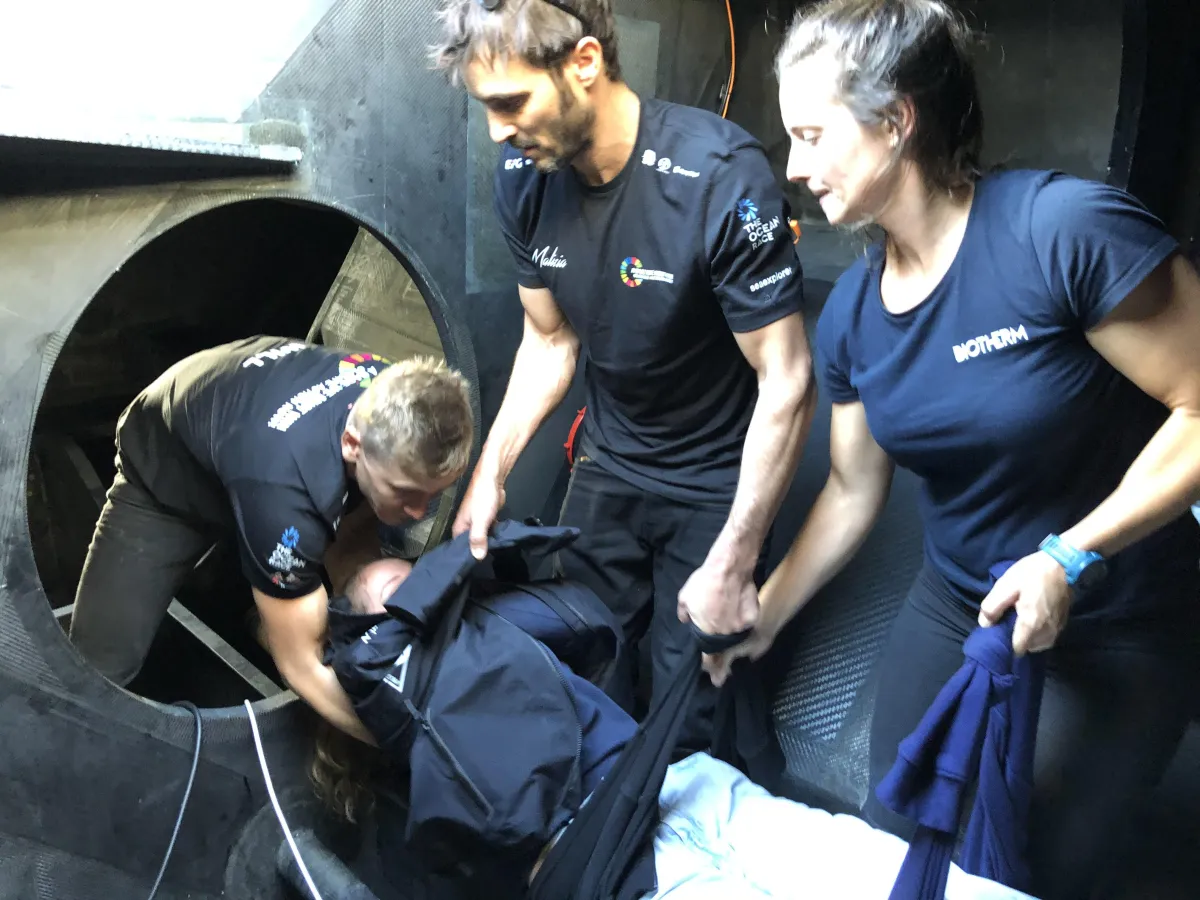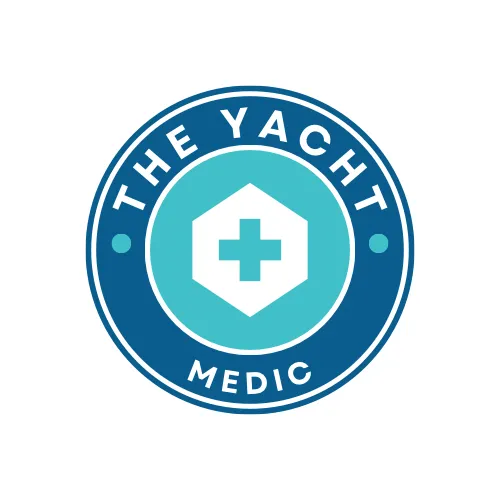See Our Latest Blogs
Beyond Boundaries, Beyond Rescue
Mastering Self Reliance At Sea

Medical Scenarios
One of our colleagues was asking for some medical scenarios for Superyacht Crew training.
I thought I’d share some of my favourites!
Get out there and train.
Remember the 5 P’s
Prior Preparation Prevents….
1. Falling from Height
Scenario: A crew member falls from a height, such as from the mast or upper deck, and sustains injuries.
Steps to Practice:
1. Assess the Scene: Ensure it's safe to approach the injured person.
2. Initial Assessment: DRABC Check for danger, responsiveness, airway, breathing, circulation and severe bleeding.
3. Stabilize the Spine: Assume a spinal injury and stabilize the head and neck.
4. Administer First Aid: Stop any bleeding, treat for shock, and keep the person still.
5. Prepare for Evacuation: Plan how to safely move the injured person to medical facilities , if necessary. It’s good to discuss where the medical facilities will be set up, most of you do not have a hospital! So you’ll need to improvise, until the patient can be evacuated.
Equipment Needed: First aid kit, spinal board, neck collar if recommended by your telemedicine team.
2. Engine Room Trouble
Scenario: A crew member is injured in the engine room due to burns, smoke inhalation, or machinery malfunction.
Steps to Practice:
1. Assess the Scene: Ensure the area is safe from fire, smoke, or electrical hazards.
2. Initial Assessment: DRABC Check for responsiveness and breathing.
3. Treat Burns: Treat burns and cover with a sterile dressing.
4. Administer Oxygen: If smoke inhalation is suspected, provide oxygen if available.
5. Plan Evacuation: Safely move the injured person to fresh air and medical facilities.
Equipment Needed: First aid kit, burn dressings, oxygen supply.
3. Caught in a Winch , Crane or Machinery
Scenario: A crew member’s limb is caught in a winch or other machinery, causing crush injuries or amputation.
Steps to Practice:
1. Stop the Machinery: Immediately stop the machinery to prevent further injury. DRABC.
2. Free the Limb: Carefully free the trapped limb while avoiding further damage.
3. Control Bleeding: Apply pressure to control bleeding and use a tourniquet if necessary.
4. Stabilize the Injury: Splint the injured limb and treat for SHOCK
5. Plan for Evacuation: Prepare for rapid transport to medical facilities.
Equipment Needed: First aid kit, tourniquet, splints.
4. Jet Ski Accident
Scenario: A guest or crew member is injured in a jet ski accident, potentially causing fractures, lacerations, or head injuries.
Steps to Practice:
1. Assess the Scene: Ensure the area is safe from further watercraft collisions.
2. Initial Assessment: Check for responsiveness, breathing, and severe bleeding.
3. Stabilize the Injuries: Immobilize any fractures and cover lacerations with sterile dressings.
4. Stabilize the Spine: Assume a spinal injury if a head injury is suspected.
5. Plan for Evacuation: Safely transport the injured person to medical facilities.
Equipment Needed: First aid kit, spinal board, neck collar, splints.
5. Anaphylaxis
Scenario: A guest or crew member experiences a severe allergic reaction, leading to anaphylaxis.
Steps to Practice:
1. Identify Symptoms: Recognize signs of anaphylaxis, such as swelling, difficulty breathing, and hives.
2. DRABC & Administer Epinephrine: Use an epinephrine auto-injector (EpiPen) immediately.
3. Call for Help: Alert medical facilities and prepare for emergency evacuation.
4. Monitor and Support: Keep the person calm and monitor their breathing and heart rate.
5. Provide Additional Treatment: Administer a second dose of epinephrine if symptoms persist after 5-10 minutes.
Equipment Needed: Epinephrine auto-injectors, antihistamines, oxygen supply.
Practice Tips:
- Regular Drills: Conduct these practice scenarios regularly to ensure all crew members are familiar with procedures.
- Role Play: Assign roles during drills to simulate real-life conditions and improve coordination.
- Review and Improve: After each drill, review performance and identify areas for improvement.
By practicing these scenarios, your crew will be better prepared to handle medical emergencies, ensuring the safety and well-being of everyone onboard.
Sail Safely with Expert Medical Training
Resilience & Psychological First Aid For Yachts

Resilience First Aid (RFA) is a proactive approach to mental health, designed to equip yacht crew with the skills to prevent burnout, manage stress, and strengthen mental resilience.
Psychological First Aid (PFA) is an
immediate, compassionate response to mental distress after a crisis,
support each other emotionally, reduce trauma impact, and promote recovery
after major incidents.
Medical First Aid & Planning for Yachts

This course is designed to equip yacht owners & crew with essential first aid skills and the knowledge to set up a well-stocked and effective medical kit. Whether you're preparing for remote cruising or need to update your onboard medical resources, this course ensures you’re ready for any medical emergency.
Yachts operate in remote locations, often far from immediate medical help.
Adventure Preparation for Remote Environments

When you venture into remote environments preparation is everything. The Adventure Ready Program equips leaders, yacht crew, expedition teams, and outdoor professionals with the medical skills, resilience training, and leadership strategies
needed to handle emergencies, adapt under pressure, and thrive in extreme environments.
Be Prepared, Stay Safe & Protect Your Crew
© The Yacht Medic - All Rights Reserved,
Photography & Media by Oli Riley Photography

info@the-yacht-medic.com
+34610120242
Palam de Mallorca, Spain
